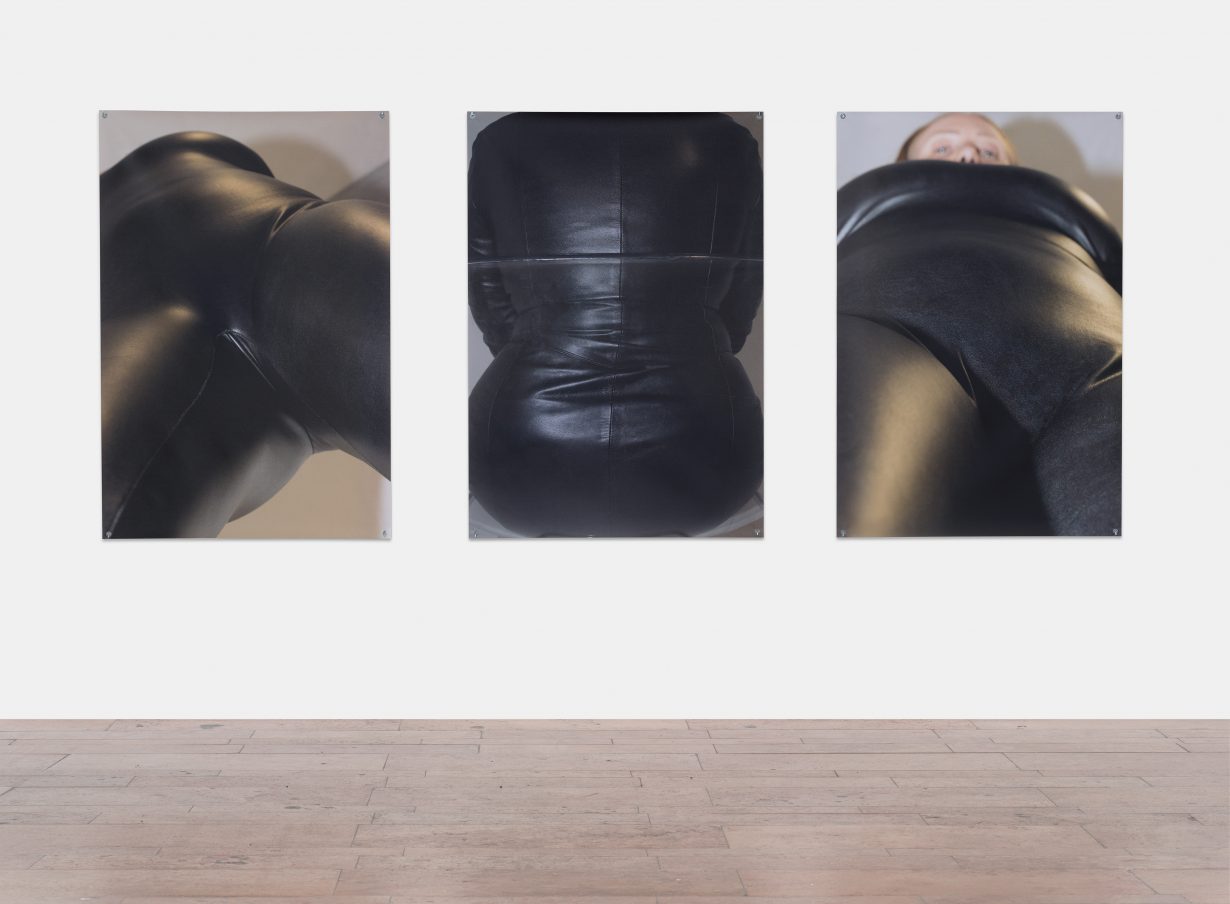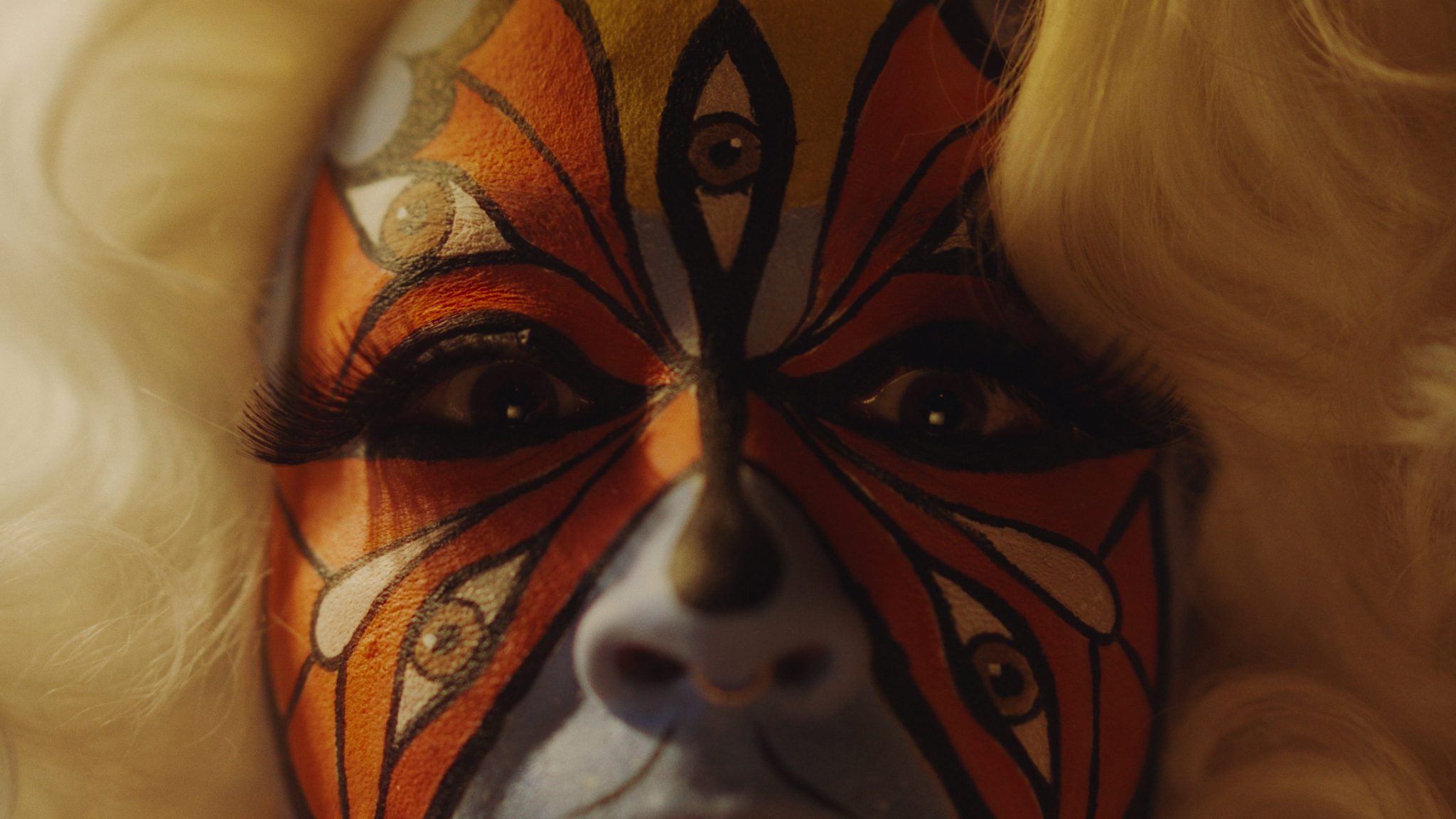Non-Specific Objects at Capitain Petzel, Berlin leaves us with an understanding of how to resist the conceptual boxes that we’re forced into
Non-Specific Objects takes its lead from American sculptor Donald Judd’s 1965 essay ‘Specific Objects’ and its omission of embodied, racial and gender differences by presenting art that continuously refers to them. It brings together works by 11 artists that challenge Judd’s attachment to identifying the essence of sculpture and painting, though, ironically, the show aligns with his observation about artistic categories: whether material, symbolic or linguistic, these are never as solid as they appear. In the way that Judd’s essay reveals the difficulty in defining sculpture and painting, this exhibition challenges conventional ways of interpreting materials and their associations with identity and the body. In David Douard’s BirdZhandzand US´ (2023), for example, an assemblage of objects and consumer materials (xeroxes, chipboard, vinyl tape, etc) centres upon a towering aluminium grille, on which a photographic image shows closeups of a face, hand and ear. Towards its base is a transparent plastic bellylike orb; inside are a large white plastic tongue, tiny plastic hands, flowers and an ink drawing. The assemblage is physical, bodily, but not visceral. While many body parts are present, their combination produces a foreign rather than familiar response.
If there’s anything this exhibition does clearly, it’s to point to the nebulous ways in which identity (or the body) is under constant control: geographic boundaries, demographics, gender ‘norms’ and reproductive freedoms, to name a few. In Jack O’Brien’s Phaedrus (2024), a hanging sculpture made of two cellos with basketball-size metal balls cling-wrapped to their midsections, the weight of the objects and the tension of the wrapping are palpable. Across the room, Kristina Nagel’s Thread I, II and III (2024) illustrate more literal bondage. Nagel’s photographic low-angle closeups feature fragments of a curvaceous body in a tight black leather one-piece. As in O’Brien’s work, Nagel establishes control by using restrictive material and positioning the viewer physically below the subject – a dom-sub relationship. These works point to Judd’s reliance on firm categories, and how new art might evade or remain controlled by them.

Non-Specific Objects seems conceptually and physically divided, the work upstairs addressing material constraint and release, and that in the basement focusing on linguistic symbolic power – most notably in Sin Wai Kin’s video, Dreaming the End (2023). Sin, a nonbinary artist, here uses drag, costume and makeup to create two characters mired by language. In the opening scene, the character Change chokes on an apple in a garden, triggering her first words, “I can feel the words shaping me as I speak them… watching the thing become itself right now…” Nodding to the Garden of Eden and Ludwig Wittgenstein’s assertion that ‘the meaning of a word is its use’, Sin confronts us with the instability and simultaneous power of language over meaning, gender and experience. Elsewhere, second character The Storyteller answers questions in syllabic rhythm: “Name name name, name name name, name name…” By homogenising all words into one, Sin illustrates the arbitrary yet tremendous power of verbal identification. As Change says later, “The story changes the body, the body changes the story, changes the body…”
In his essay, Judd often defined new artwork by describing what it is not: ‘The new three-dimensional work doesn’t constitute a movement, school, or style’; ‘A fair amount of their meaning isn’t credible. The use of three dimensions isn’t the use of a given form…’ Similarly, Non-Specific Objects declares what art, the body (and identity) is not – a static definable whole. In many instances we are left less with an idea of a characteristic essence of artforms, the body or identity, and more with an understanding of how we resist the conceptual boxes – Judd’s favourite shape – that we’re forced into.
Non-Specific Objects at Capitain Petzel, Berlin 20, January – 24 February
